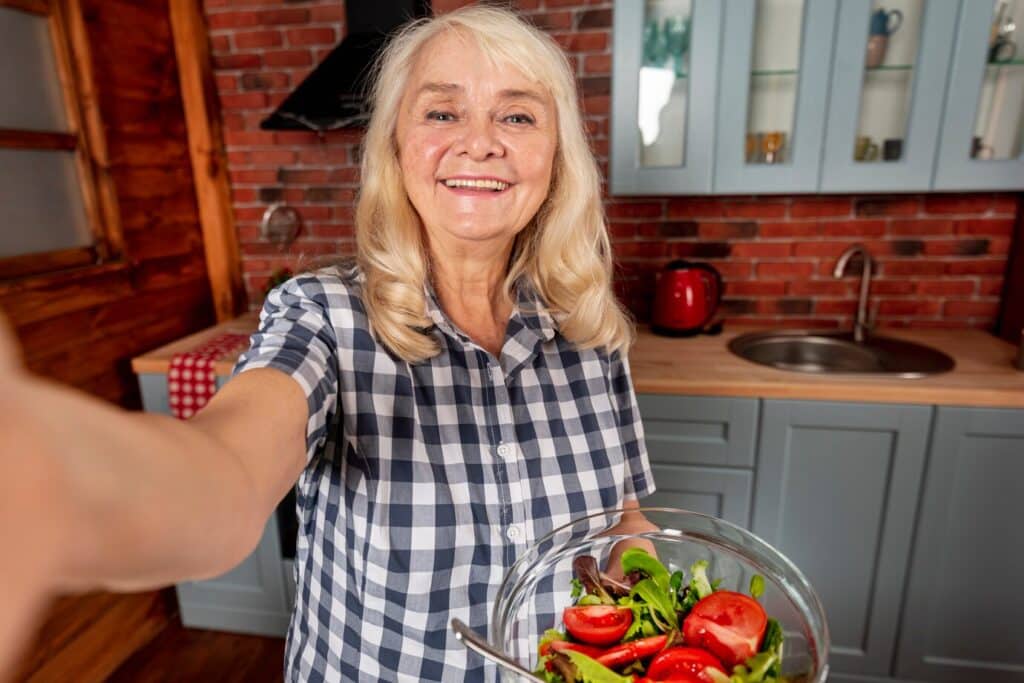Questions to Ask Elderly: Build Memories With Loved Ones
Questions to Ask Elderly Loved Ones to Build Lasting Bonds
Connecting deeply with our aging loved ones often starts with the right questions to ask elderly individuals. These moments of shared reflection and storytelling can be both heartwarming and enlightening. Whether it’s your parents, grandparents, or an elderly woman you admire, asking the right questions helps preserve precious memories and strengthens relationships that span generations.
When considering the questions to ask elderly parents about their lives, you create a unique opportunity to learn about your family history, core values, and life-changing experiences. Not only does this deepen your understanding of your roots, but it also nurtures emotional well-being for both you and your loved one. From funny anecdotes to discussions about health, this guide offers a heartfelt path to connection.
Family History and Ancestry
Have you ever felt curious about where your family came from? Diving into your loved one’s ancestry is a powerful way to open up a meaningful conversation. Start with questions to ask elderly parents about their lives, like:
- Where did our ancestors originate from?
- What were your parents like growing up?
- Do you know the story behind our family name?
These prompts help bring forward long-forgotten stories that carry the essence of family values and traditions. Discovering the past together can foster a deep sense of pride and identity. For instance, activities like watching quail eggs hatch can tie family memories to nature, making heritage exploration even more engaging.
Childhood Memories and Experiences
Your loved one’s early years hold a treasure trove of joyful, funny, and sometimes surprising moments. Asking about their childhood helps preserve a part of history while offering laughter and warmth. Try asking:
- What was your favorite toy or game as a child?
- Did you ever get in trouble at school?
- What was your favorite family meal?
These funny questions to ask older adults not only generate laughter but also allow younger family members to connect in a lighthearted way. Conversations like these often reveal the humanity and humor behind your loved one’s personality. Reflecting on the past also opens the door to discussions about nutrition for older adults, showing how diet and habits have evolved over time.
Significant Life Changes and Lessons
Discussing big life events offers insight into how your loved one faced challenges and celebrated victories. Asking about major milestones provides context and appreciation for their resilience. These questions to ask the elderly might include:
- What life event changed you the most?
- How did you adapt to unexpected situations?
- What’s the most valuable lesson life has taught you?
Such conversations tie into questions to ask older adults about health, especially when discussing how they coped with illness, aging, or emotional transitions. Encouraging storytelling here can be deeply therapeutic. These stories often highlight personal growth and complement discussions on emotional well-being.
Travel Adventures and Experiences
Travel experiences open up a world of fascinating stories and new perspectives. Older adults often have incredible tales of trips, both grand and humble. Consider asking:
- What’s the most unforgettable trip you’ve ever taken?
- Who was your favorite travel companion?
- Did any travel experiences change your worldview?
These questions to ask elderly women and men alike can provide wonderful insights and also highlight their adventurous spirit. You may also hear about the importance of shared experiences and communal joy, similar to what is fostered in thoughtfully designed assisted living spaces.
Hobbies, Interests, and Achievements
Your loved one’s passions often reflect their values and personal fulfillment. These interests are essential topics that reveal what made their life meaningful. Ask these questions to learn more about elderly parents ‘ life to learn more:
- What hobbies have brought you the most joy?
- Is there an accomplishment you’re especially proud of?
- Did you ever dream of a different career?
Exploring this area can even inspire the next generation to pursue passions and embrace creativity. These stories also encourage shared activities like trying brain-boosting games or new hobbies as a family.

Health and Wellness Conversations
Discussing wellness is essential, especially as health becomes more of a focus in later years. When handled with care, these discussions can be constructive and comforting. Try including questions to ask older adults about health, such as:
- What has helped you maintain your health over the years?
- Are there health habits you wish you’d started earlier?
- What advice would you give younger generations about staying healthy?
These conversations often bridge the gap between generations, providing practical advice while showing respect for lived experiences. You can also explore Mayo Clinic’s guide to healthy aging or National Institute on Aging’s health resources for evidence-based guidance.
Humor and Lighthearted Moments
Not every conversation needs to be serious. Sharing laughs can be one of the most joyful ways to connect. Use these funny questions to ask older adults to spark some smiles:
- What was the most embarrassing thing that ever happened to you?
- What old-fashioned trend do you wish would come back?
- If you could prank someone today, what would you do?
Light-hearted questions allow your loved one’s personality to shine through and remind everyone that fun and laughter never go out of style.
Creating a Legacy Through Conversations
Every answer you receive, every memory shared, helps build a legacy that can be passed on. Whether it’s deep reflections or funny questions to ask older adults, your role in gathering these stories is meaningful. These moments of connection preserve not just personal history, but also love, values, and wisdom.
At Westmont of Carmel Valley, we believe that intentional conversations enrich the lives of seniors and their families. If you’re looking to help your loved one live in a nurturing, engaging community, we invite you to visit us. You can schedule a tour or get more details about our services at Westmont of Carmel Valley or call us at 858-465-7356.
Turn Questions Into Cherished Connections
Don’t wait for a special occasion to start meaningful conversations. The best time to ask is now. Whether you’re focused on legacy, laughs, or wellness, asking the right questions to ask elderly loved ones opens a world of stories and emotions.
Use this guide as your invitation to explore your loved one’s journey. With every question, you honor their life, preserve their voice, and build lasting memories that will continue to shape your family’s story.
Frequently Asked Questions
What is the 20 Questions game for seniors?
The 20 Questions game for seniors is a fun and engaging way to stimulate memory, encourage conversation, and foster social interaction. It involves one person thinking of an object, person, or place, and the others asking yes-or-no questions to guess what it is within 20 tries. This game is great for group settings or one-on-one time, helping improve cognitive function in a lighthearted way. It’s especially useful in memory care or family gatherings to keep seniors mentally active.
What’s a good question to ask a senior leader?
A thoughtful question to ask a senior leader is, “What leadership lesson took you the longest to learn?” This question opens the door to valuable insights based on years of experience and reflection. It also shows respect for their journey while allowing others to learn from their perspective. Such a question can spark meaningful discussions and inspire emerging leaders.
What are five good questions to ask someone?
Five good questions to ask someone include:
- What’s the best advice you’ve ever received?
- What accomplishment are you most proud of?
- What’s a challenge that taught you something important?
- What’s your favorite memory?
- If you could relive any moment, what would it be?
These open-ended questions help build deeper connections and understanding.
What questions should to ask your aging parents?
Ask your aging parents questions that help preserve their legacy and support their needs, such as:
- What was your childhood like?
- What are your most cherished family traditions?
- Are there any important documents we should organize together?
- What kind of care would you prefer if needed in the future?
These questions encourage reflection, planning, and emotional connection.
























